Yorkshire Philosophical Society and the Museum Gardens
The Yorkshire Philosophical Society, the YPS, was set up in 1822. Around six years later part of the grounds of St Mary’s Abbey was given to the Society by royal grant. It had been necessary to rescue St Mary’s Abbey and neighbouring buildings as over the years abbey stone had been used to build the jail and repair Beverley Minster. A row of lime kilns had been used to convert the ruins into building and agricultural material. The abbey walls had been used as a target for musket practice during the Napoleonic Wars.
If you wanted to visit the Museum Gardens there was a charge of 6 old pennies and 3 for children. On Saturdays York residents were charged a penny between 1 and 5pm. Each Whitsun admission charges were lifted. A charge was made as the YPS was paying back a loan raised for the purchase of the land. On 2nd January 1961 the Yorkshire Museum and Gardens were handed over in trust to the city and admission to the Gardens became free.
At the Marygate end of the Museum Gardens there was a court house and St Mary’s Prison or Lodge. It was used for the liberty of St Mary. These had fallen into disuse by 1722. The YPS still uses the Lodge.
The Yorkshire Museum was paid for by public subscription. It was founded to house the animal remains from the Kirkdale Cave. The lecture hall was built thanks to the generosity of Dr Tempest Anderson. The Yorkshire Museum’s Keeper’s or Curator’s house, attached to the Kings Manor, was built in 1844 to the designs of brothers JB and W Atkinson.
The Museum Gardens have seen the hosting of many events over the years, including the famous mystery plays. In 1909 a historical pageant was held. It had been the idea of George Kilby, curator of exhibitions at the Yorkshire Museum. He thought it would raise funds for philanthropic projects. Mr Kilby played Emperor Hadrian during the pageant. A large wooden stand was constructed by employees of Bellerby’s Saw Mills on Hungate. The pageant had its own armoury which produced items such as suits of armour, shields and helmets. Twenty of York’s Guilds were represented at the pageant by processional banners. £200 had to be spent on temporary street decorations to screen some of the not so pleasant views from the grandstand. Large Roman columns were placed at each end of Lendal Bridge. A gateway was placed at the entrance to the Museum Gardens with a triumphal arch in Museum Street. The decorations were designed by architect Edwin Ridsdale Tate. He had been a student at York School of Art. In later years he was a churchwarden at All Saints North Street and in the 1920s designed the screens that divide the chancel from the chancel aisles.
The YPS’s public swimming bath in the corner of the Museum Gardens near Marygate Landing had provided a modest income for about twenty years. But, in 1859 the Corporation had opened the Yearsley Swimming Baths. This was not the building on Haley’s Terrace, but a 100-yard stretch of the river Foss which had a concrete base. This was between Somerset Road and Yearsley Bridge Fever Hospital. The YPS had never been able to rely on a clean supply of water from the Ouse for their baths, but the Foss, at that time, had fresher water. As the income of the YPS had fallen drastically, Mr William Henry Rudston Read, Chairman of Council, suggested on 4th March 1861 that the Society should grant a lease of a small part of the grounds next to the Baths to erect a Turkish Bath. The plans did not get approved. York had previously had the facilities of Turkish Baths. The Northern Bagnio was built behind the Leopard Inn in Coney Street in 1691. This was between the current New Street and St Helen’s Square. It must have fallen out of use because it was being used as a printing office by 1738. The York Courant, the most successful 18th century newspaper, was published there. The first annual racing calendar also came from there. It is possible that Laurence Sterne’s The Life and Opinions of Tristram Shandy, Gentleman was first printed there in 1759. In 1861 the building was being used by Ward’s who built organs. It was demolished in 1924. Shepherd’s City Baths, Turkish and slipper, were opened in St Sampson’s Square in 1902. They were situated between Henry Ward’s furniture shop and The Golden Lion pub, now part of Browns.

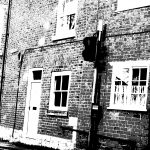
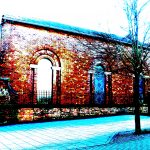
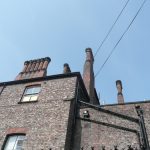
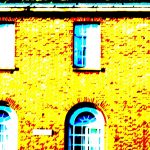
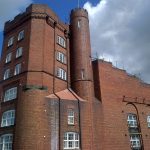
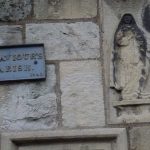
Leave a Reply